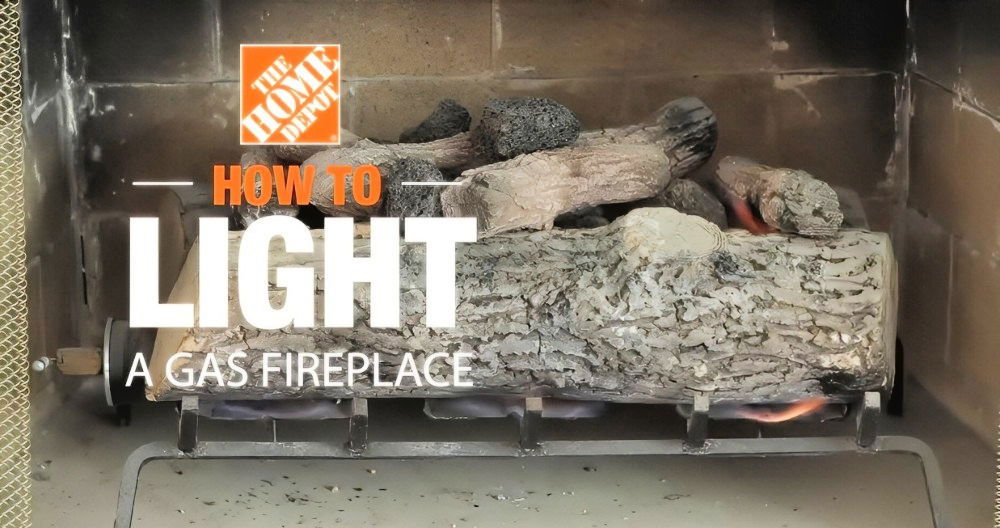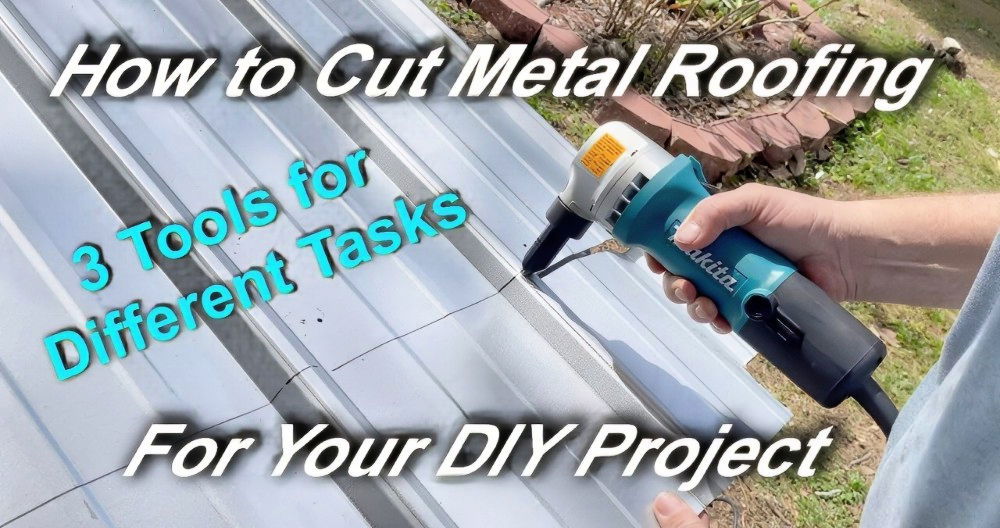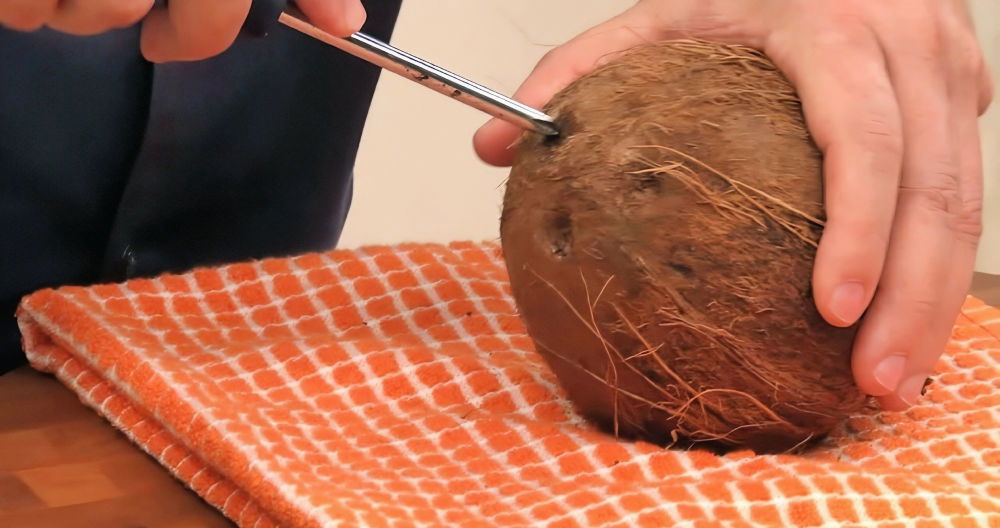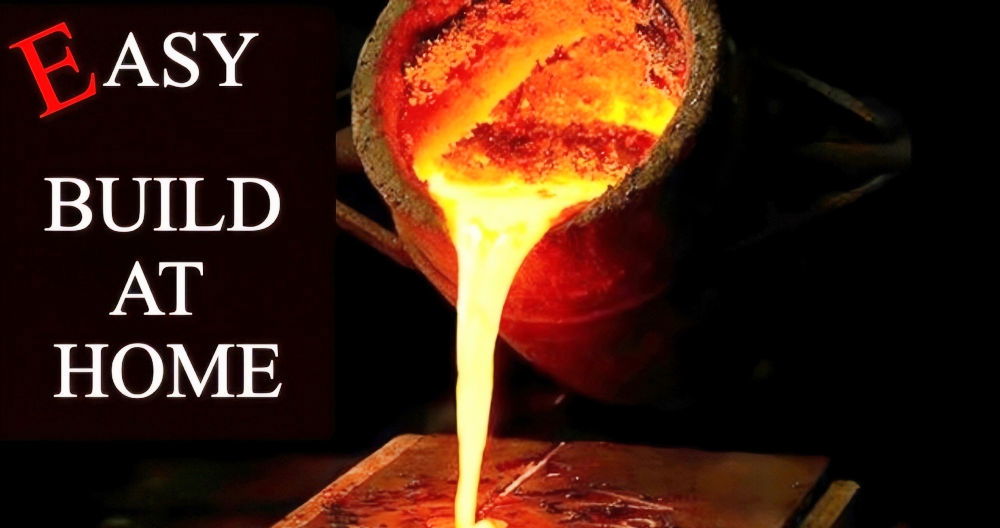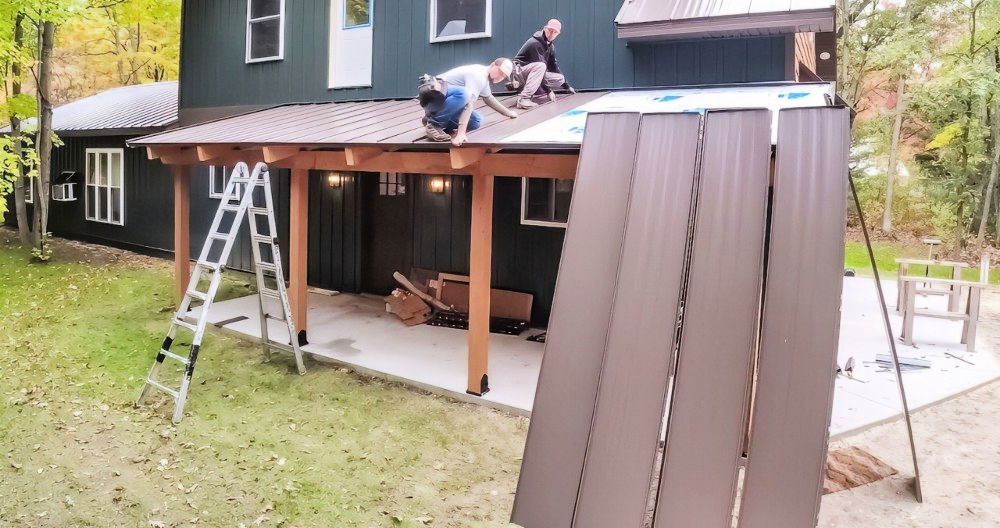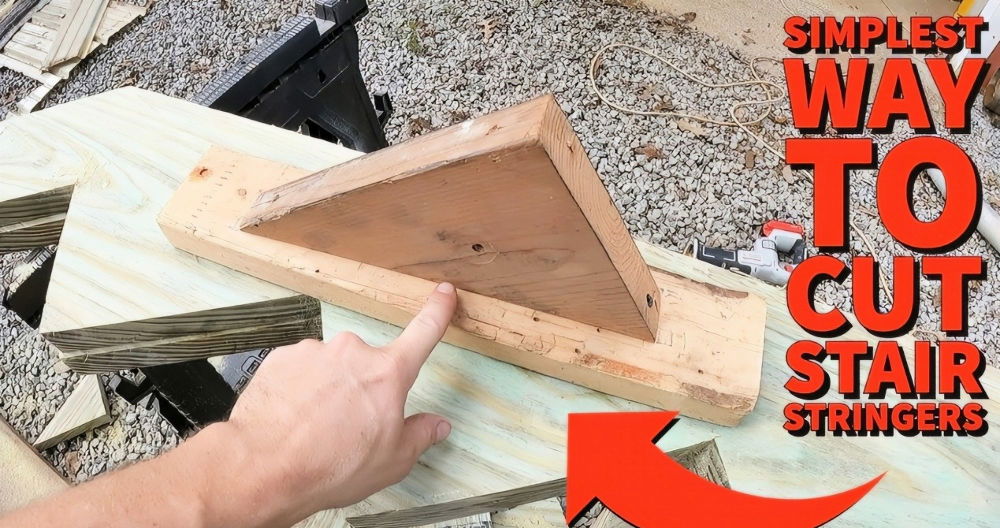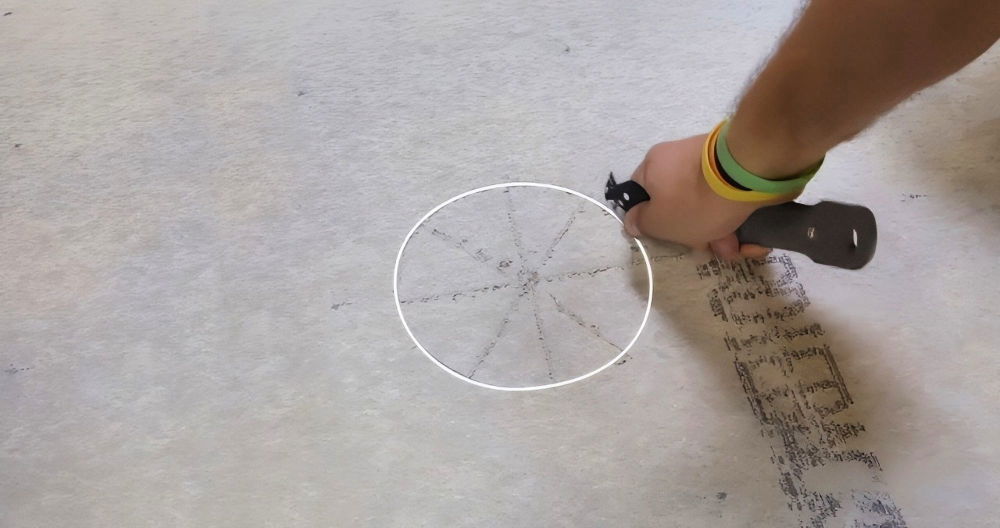Learning how to cut metal may seem challenging, but with the right guidance and tools, it's entirely doable. This guide covers the essentials for home repairs, DIY projects, or metal framing. Based on advice from Ace Hardware's expert Lou Manfredini, we'll explore everything you need to know about using a hacksaw for cutting metal effectively, safely, and with precision.
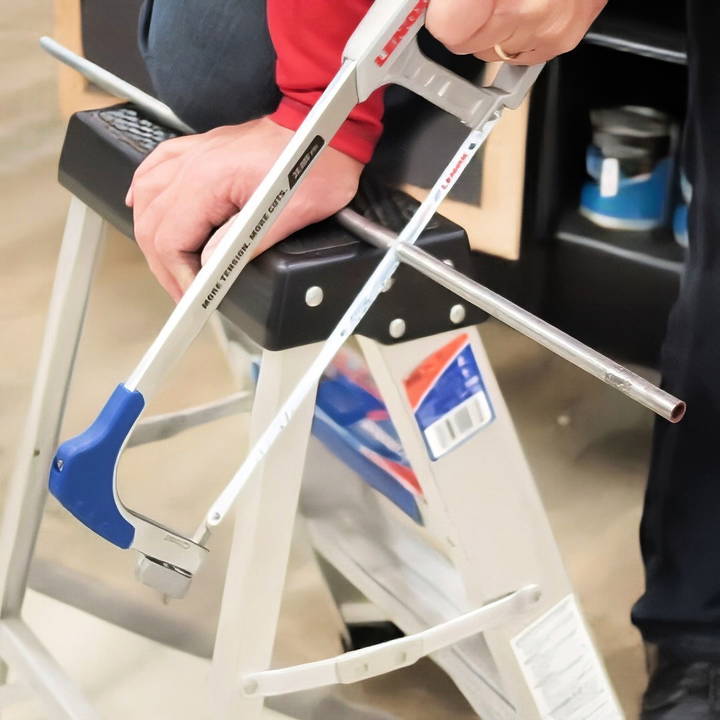
Tools and Safety Precautions
Discover essential hacksaw tools and safety precautions. Learn to choose the right blade and setup tools, ensuring safe and efficient usage.
Essential Tool: The Hacksaw
The hacksaw is a fundamental hand tool in metal cutting. Its design includes a U-shaped frame that holds a narrow blade with very fine, sharp teeth. Here's why the hacksaw is such a great choice for cutting metal:
- Accessibility: Hacksaws are affordable and widely available.
- Precision: They allow you to make precise cuts without the need for power tools.
- Versatility: Hacksaws can handle a range of metal types, including galvanized piping, black pipe, and metal tubing.
Choosing the Right Blade
The type of blade you use can significantly impact the outcome. For metal cutting:
- Metal-Specific Blade: Make sure to use a blade explicitly designated for metal, as it has finer teeth than those used for wood.
- Blade Tension: A tight blade is crucial. Some hacksaws have adjustable tension settings. Tightening the blade minimizes bending and breakage, ensuring smoother, straighter cuts.
Additional Tools for Setup
- Stepladder or Sawhorse: Use a stable support to hold the metal securely while cutting.
- Vise or Clamp (Optional): If you're working on a smaller or awkwardly shaped metal piece, consider clamping it down to prevent movement during cutting.
Safety Gear
Always prioritize safety when cutting metal. Here's what you should wear:
- Safety Goggles: Protect your eyes from metal fragments.
- Work Gloves: These help grip the hacksaw and prevent hand fatigue.
- Dust Mask: Wear one if you're working with materials that produce dust or fine particles during cutting.
Step by Step Instructions
Learn how to cut metal safely and efficiently. Follow these step-by-step instructions to master metal cutting with ease and precision.
1. Set Up Your Workspace
- Choose a well-lit, spacious area to work in. Ensure you have adequate ventilation if you're working indoors.
- Position your metal piece securely on a stepladder, sawhorse, or workbench. Allow a portion of the metal to overhang to make it easier to cut through.
2. Secure the Metal
To avoid blade binding or breakage, support the metal piece properly:
- Place it securely: Position the metal so it hangs slightly over the edge of the support.
- Hold firmly: Press down with your hand or knee to stabilize the metal while allowing enough space for the blade to cut without interference.
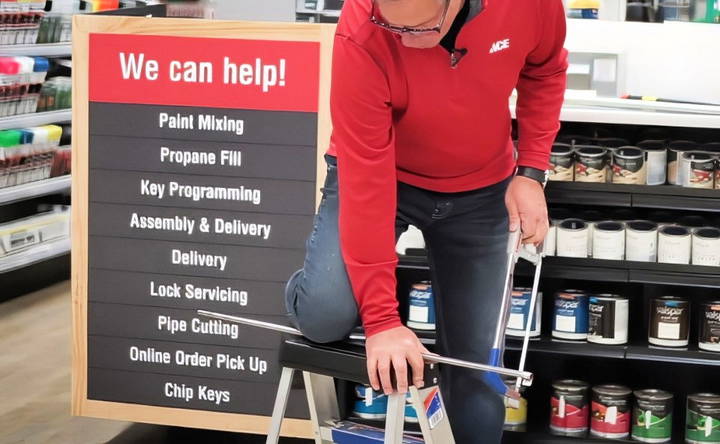
3. Start the Cut
Once everything is secure, you're ready to start cutting:
- Position the Hacksaw Blade: Place the blade on the metal where you intend to start the cut.
- Apply Gentle Pressure: Draw the blade toward you in a smooth, controlled motion. The initial strokes should be light to establish a cut line.
4. Let the Saw Do the Work
One of the most common mistakes is applying too much force, which can cause binding and uneven cuts. Instead:
- Use Even, Smooth Strokes: Push and pull the hacksaw in long, steady strokes. This method allows the saw to do the work, resulting in a cleaner cut.
- Maintain Consistent Pressure: Avoid pushing too hard, as it can damage the blade and increase the effort required.
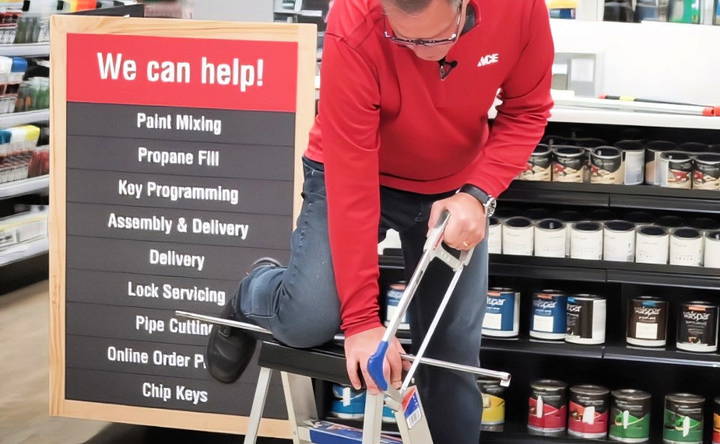
5. Complete the Cut
As you near the end of the metal piece:
- Watch for Binding: Since the overhanging portion will start to detach, make sure to continue steady strokes without extra pressure.
- Finish with Care: When the piece is almost cut through, hold the overhanging portion lightly to prevent it from snapping off abruptly, which could damage the metal or create sharp edges.
6. Clean Up and Smooth the Edges
After completing the cut, inspect the metal edges:
- Deburr the Edges: Use a metal file or sandpaper to remove any rough or sharp edges.
- Inspect for Accuracy: Ensure the cut is clean and even, especially if the metal will be used for a project requiring precise measurements.
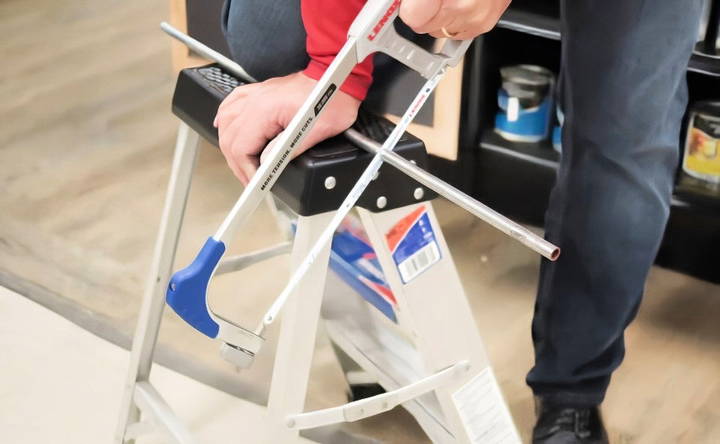
Additional Tips for Successful Metal Cutting
Discover effective metal cutting with tips on positioning, using a vice for stability, and hacksaw maintenance for precise, efficient results.
Positioning and Stability
Proper positioning can make a difference between a smooth cut and a challenging one:
- Avoid Mid-Support Cuts: Don't try to cut metal in the middle if both ends are supported. This setup causes the metal to flex as you cut, leading to blade binding.
- Allow for Metal to Fall Freely: Keep the metal overhanging at one end so that the cut piece falls naturally without obstructing the saw's motion.
Using a Vice for Small Pieces
For small metal pieces, holding the material in place can be tricky:
- Clamps and Vices: Use a clamp or vice to hold the metal securely, leaving both hands free to handle the saw.
Maintaining Your Hacksaw
The quality of your cuts depends on a well-maintained hacksaw:
- Blade Replacement: Metal blades wear out over time, so replace them when you notice dullness or increased difficulty in cutting.
- Blade Cleaning: After each use, clean the blade to prevent buildup of metal fragments or dust.
Alternative Methods for Cutting Metal
While the hacksaw is ideal for straightforward cuts, there are other methods suited for different types of projects or larger materials:
Power Tools
If you're handling thicker metal or larger quantities, consider power tools for faster and more efficient cutting.
- Angle Grinder: Great for cutting through thicker or heavier metal. It's faster than a hacksaw but requires experience and a steady hand.
- Metal Cutting Saw: Designed for high-volume or heavy-duty projects. This tool can cut various metals quickly but is usually costlier.
- Jigsaw with a Metal Blade: Ideal for intricate cuts or curves, a jigsaw with a metal blade provides flexibility for detailed work.
Tin Snips for Thin Metals
For thinner metals like sheet metal, tin snips work well. These heavy-duty scissors allow precise cuts without the need for saws or power tools, making them perfect for delicate or small-scale projects.
Common Mistakes to Avoid
- Applying Excess Pressure: Many people assume more pressure will yield a faster cut, but excessive force can result in blade damage and uneven cuts. Let the blade do the work with steady, moderate pressure.
- Cutting with a Dull Blade: Attempting to cut metal with a dull blade will make the task harder and increase the likelihood of mistakes. Replace your hacksaw blade as needed.
- Inadequate Support: Supporting both ends of the metal piece can create flexing and binding, especially for long cuts. Always position the metal with an overhanging end.
Troubleshooting Common Issues
Discover effective solutions for blade binding and uneven cuts. Troubleshoot common issues quickly and improve your cutting efficiency.
Blade Binding
If your blade starts to bind:
- Check Your Setup: Ensure the metal is supported correctly and only one end is overhanging.
- Re-adjust Pressure: Reduce the force you're applying and focus on smooth, consistent strokes.
Uneven Cuts
If your cuts are jagged or uneven:
- Inspect Blade Tightness: A loose blade can wobble, leading to rough edges. Tighten it before starting again.
- Slow Down: Rushed cutting can lead to inaccuracies. Take your time, especially near the end of the cut.
Final Thoughts
Cutting metal is a practical skill that can enhance your DIY abilities and open up new project possibilities. By following these steps and using the right techniques, you can make clean, precise cuts safely and efficiently. Remember, practice makes perfect. As you gain experience, you'll discover the nuances of handling different metals and situations, making your work even more satisfying and professional.
For more detailed advice, tools, or if you're unsure about the next steps, visiting your local hardware store or consulting an expert can be invaluable. Ace Hardware, for instance, offers both advice and a range of quality tools to ensure you're well-prepared for any metal-cutting task.
FAQs About Cutting Metal with a Hacksaw
Discover essential FAQs about cutting metal with a hacksaw, including tips, techniques, and best practices for efficient and safe metalwork.
Yes, a hacksaw can cut thick metals like iron, but it may take more time and effort. Use a high-quality blade designed for metal, and apply only moderate pressure during cutting to avoid blade binding.
No, apply pressure only on the downward stroke. This technique helps keep the blade stable and reduces wear, ensuring a smoother, more efficient cut.
Cutting time varies based on metal thickness and type. For example, a standard pipe may take around three minutes. Thicker or harder metals will require more time and effort.
To preserve the paint, wrap the cut area with masking tape. This technique reduces the chance of chipping or scuffing and helps you achieve a cleaner cut.
For extensive cuts or thicker materials, using a hacksaw may feel labor-intensive. If you have multiple cuts to make, consider a power tool like a Dremel or an angle grinder for faster results.
Yes, a hacksaw is suitable for hollow aluminum tubing. To protect the finish, especially on painted metal, wrap the area with masking tape before cutting and use a sharp blade.
For stability, use a vise or clamp to hold the metal firmly in place. This setup minimizes movement and allows more precise, controlled cuts.






